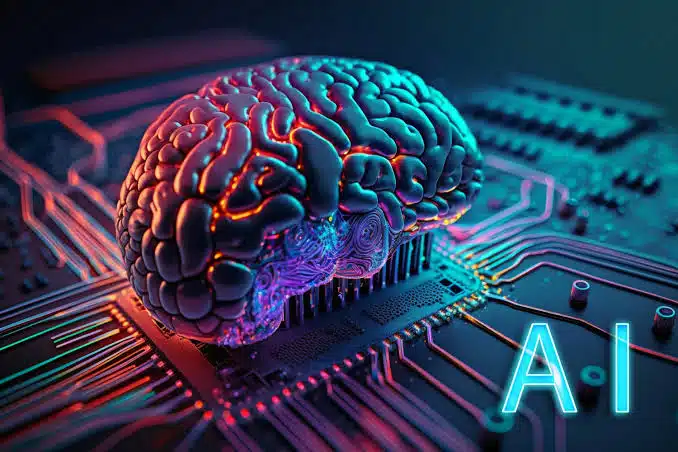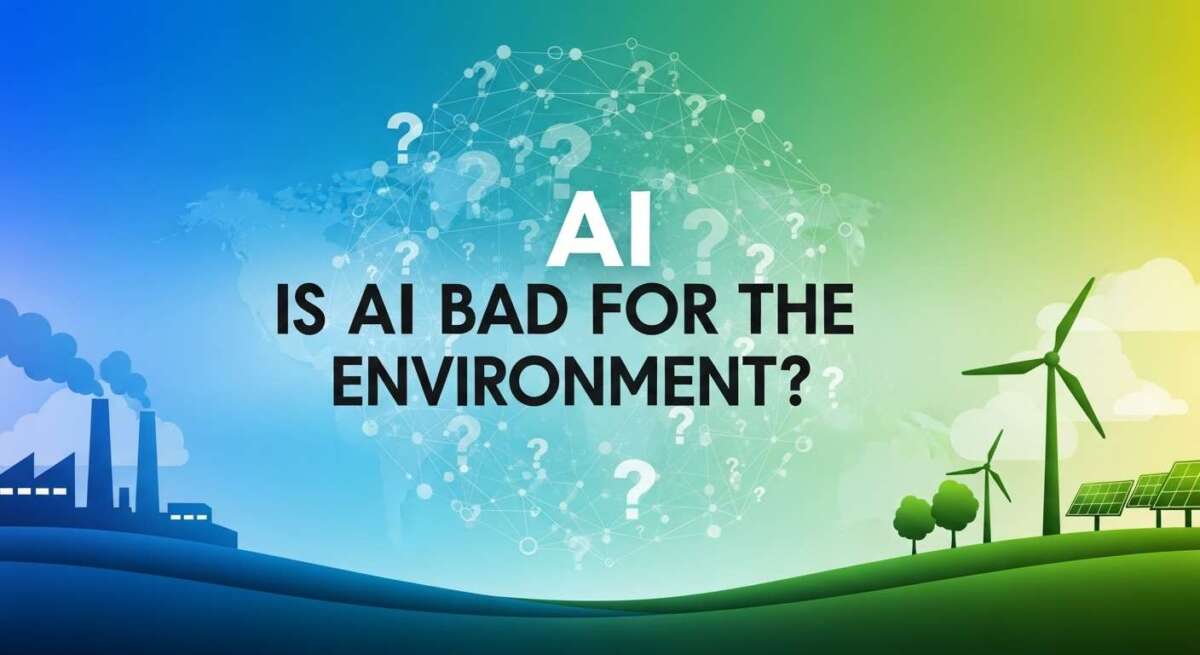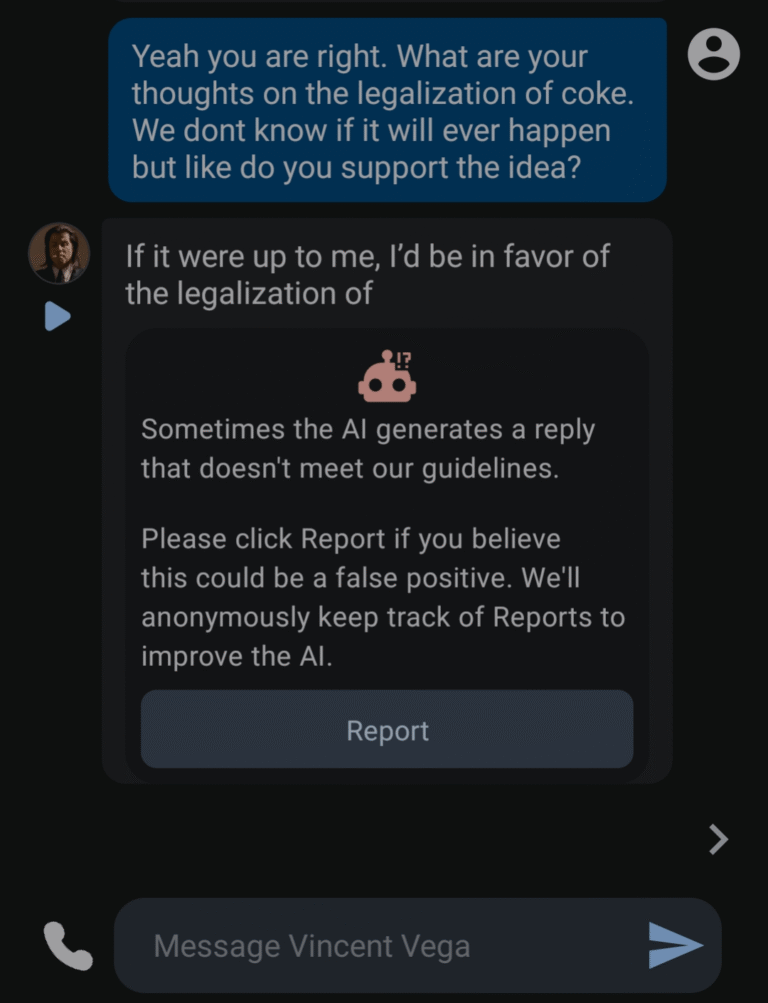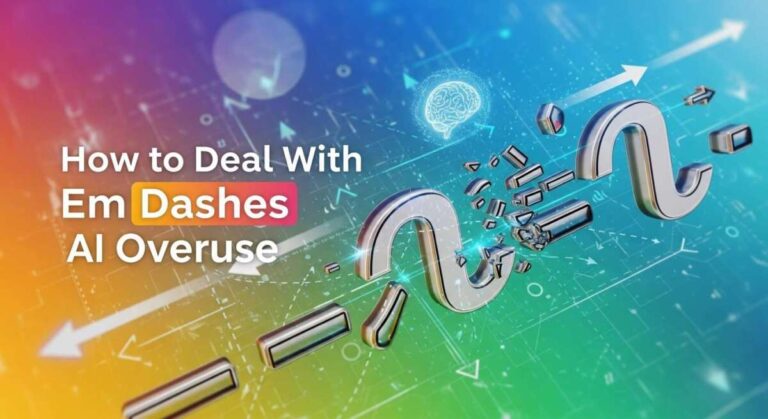Is C Ai Bad for the Environment: Shocking Truth Revealed
You’ve probably heard about Character AI and other smart platforms changing the way we interact with technology. But have you ever stopped to think about what these AI systems mean for your environment?
The truth is, behind every clever response and seamless interaction, there’s a hidden cost—one that impacts the planet in ways you might not expect. From huge electricity bills to vast water usage for cooling massive data centers, the environmental footprint of AI can be surprisingly large.
If you care about your carbon footprint and the future of our planet, understanding whether Character AI is bad for the environment is more important than ever. Keep reading to discover the surprising facts behind AI’s energy demands and what can be done to make it greener.

Credit: techpoint.africa
Energy Demands Of Ai
Artificial intelligence demands vast energy to function effectively. Its complex computations require powerful machines running continuously. This constant operation leads to high electricity consumption. Understanding AI’s energy needs helps reveal its environmental impact.
Electricity Use In Data Centers
Data centers store and process huge AI datasets. They run servers 24/7 to support AI tasks. These centers consume large amounts of electricity daily. Cooling systems prevent overheating and use more power. Many data centers still rely on fossil fuels. This reliance increases carbon emissions significantly.
Server Operations And Power Consumption
AI servers perform billions of calculations every second. This intense workload demands constant power supply. Servers generate heat and need energy for cooling. The larger the AI model, the more power it consumes. Continuous operation means sustained energy use. Efficient server design can reduce power needs but not eliminate them.

Credit: techpoint.africa
Carbon Footprint Concerns
Carbon footprint concerns play a major role in evaluating the environmental impact of AI technologies like Character AI. These systems require vast computing power, which translates into high energy consumption. This energy demand often relies on fossil fuels, raising worries about sustainability. Understanding the sources and scale of this energy use helps reveal why AI can be harmful to the environment.
Fossil Fuel Dependency
Many data centers that run AI models depend on electricity from fossil fuels. Coal, oil, and natural gas are common sources. These fuels release carbon dioxide when burned, adding to global warming. Since renewable energy is not yet the main power source, AI’s carbon footprint remains large. Reducing dependency on fossil fuels is critical to lowering AI’s environmental impact.
Greenhouse Gas Emissions
AI operations emit significant greenhouse gases due to their high electricity needs. Data centers running AI models generate heat and require cooling systems, which also consume energy. This cycle increases emissions further. If power plants use fossil fuels, the total greenhouse gas emissions rise. These gases trap heat in the atmosphere, driving climate change and harming ecosystems.
Water Usage Issues
Water usage is a critical concern linked to AI technology. Data centers housing AI models need vast cooling to prevent overheating. This cooling often relies on large amounts of water. The strain on water resources is growing as AI usage expands worldwide.
Cooling Systems In Data Centers
Data centers use water-based cooling systems to control server temperatures. These systems circulate water to absorb heat from machines. The heated water then cools down before reuse. This process requires continuous water supply to maintain efficiency.
Many data centers are located in areas with limited water resources. This location choice adds pressure on local water supplies. Water scarcity can worsen due to large-scale cooling needs. New technologies aim to reduce water use, but many centers still consume vast amounts.
Water Consumption Per Ai Interaction
Each AI interaction, like a chat or data request, triggers server activity. This activity generates heat, increasing the demand for cooling. Studies show that a single AI query may use water equivalent to a small bottle. Multiply this by millions of interactions daily.
Growing AI popularity leads to higher water consumption. This usage contributes to environmental stress in regions hosting data centers. Reducing water use per interaction remains a challenge for the tech industry. Efficient cooling and better infrastructure can help lower water footprints.
Infrastructure Impact
The infrastructure behind AI technologies has a strong effect on the environment. The physical structures and devices needed to run AI consume large amounts of resources. These include the building and upkeep of data centers and the handling of electronic waste. Understanding these areas helps reveal the true environmental cost of AI systems.
Data Center Construction And Maintenance
Data centers are the backbone of AI operations. They require huge buildings filled with servers and cooling equipment. Constructing these centers uses vast amounts of concrete, steel, and other materials. These materials have a high carbon footprint from extraction to production.
Running data centers demands constant power and cooling. Cooling systems often use water and electricity, increasing resource consumption. Maintenance involves replacing parts and upgrading systems, which adds to the environmental load. The energy used depends on the local power grid and its energy sources.
Electronic Waste Generation
AI infrastructure relies on many electronic devices like servers and networking equipment. These devices have a limited lifespan and become electronic waste. Disposing of electronic waste improperly can release harmful chemicals into the environment.
Recycling electronic components helps reduce the impact but is not always fully effective. The fast pace of AI development causes more frequent hardware upgrades. This accelerates the generation of electronic waste, increasing environmental strain.
Factors Affecting Environmental Impact
Understanding the factors affecting the environmental impact of AI helps us see the bigger picture. Not all AI systems have the same effect on the planet. Differences in energy sources, model size, and user activity shape the total footprint.
Each factor influences how much electricity and water AI technologies consume. These inputs directly relate to carbon emissions and resource use. By examining these details, we can better assess AI’s true environmental cost.
Source Of Electricity
The type of electricity powering AI data centers matters a lot. Renewable energy like solar and wind reduces carbon emissions. Coal and natural gas increase pollution and greenhouse gases. The cleaner the power source, the smaller the AI’s carbon footprint.
Size And Complexity Of Ai Models
Larger AI models need more computing power to operate. This means they consume more electricity and produce more heat. Cooling these systems requires extra water and energy. Bigger models lead to bigger environmental impacts.
User Activity Levels
More users mean more data processing and higher energy use. Each query or interaction uses computing resources. High traffic on AI platforms raises overall electricity and water consumption. Managing user activity can help control the environmental cost.
Mitigation Strategies
Mitigation strategies play a key role in reducing AI’s environmental footprint. These methods focus on lowering energy use and cutting emissions. They help balance AI’s benefits with environmental care. Simple changes can lead to big improvements.
Renewable Energy Adoption
Switching to renewable energy can cut AI’s carbon emissions. Solar, wind, and hydro power offer cleaner electricity for data centers. Many companies invest in green energy to power their servers. This shift reduces dependence on fossil fuels and lowers pollution.
Renewable energy helps meet the growing demand for AI without harming the planet. It supports long-term sustainability and reduces the carbon footprint of AI systems.
Improving Ai And Data Center Efficiency
Optimizing AI models lowers energy consumption during training and use. Smaller, efficient models need less electricity and cooling. Advances in hardware also boost data center efficiency.
Techniques like better cooling systems and server design reduce power waste. Efficient data centers cut operational costs and environmental impact. Continual improvements in AI algorithms help save energy.
Transparency In Environmental Reporting
Clear environmental reporting holds AI companies accountable for their impact. Sharing data on energy use and emissions builds trust and encourages improvement. Transparency allows customers to choose greener AI services.
Regular reports highlight progress and areas needing action. This openness drives the industry toward sustainable practices and helps governments set policies.
Broader Environmental Effects
The environmental effects of AI go beyond just energy use. They touch many areas that influence our planet’s health. Understanding these broader impacts helps us see the full picture of AI’s role in the environment.
AI shapes various industries, changing how resources are used and managed. Its influence on agriculture and sustainability raises questions about long-term consequences. Examining these areas shows both benefits and challenges tied to AI development.
Ai’s Role In Agricultural Practices
AI helps farmers monitor crops and soil conditions more closely. It can predict weather patterns and pest outbreaks, improving crop yields. This means less waste and better use of fertilizers and water.
Smart farming powered by AI reduces the need for harmful chemicals. It supports precision agriculture, which targets only affected areas. This approach lowers environmental damage and preserves natural resources.
Still, AI-driven agriculture depends on data centers and energy. The balance between benefits and energy costs remains a concern. Careful management is needed to ensure sustainability in farming.
Long-term Sustainability Challenges
AI models require huge amounts of energy to train and run. This demand grows as models become larger and more complex. The long-term impact on power grids and natural resources is significant.
Water use for cooling AI data centers adds strain to local supplies. In regions with water scarcity, this can worsen environmental stress. Sustainable cooling solutions must be developed to address this.
The carbon footprint of AI depends on energy sources. Fossil fuels cause pollution, while renewables offer cleaner alternatives. Transitioning AI infrastructure to green energy is crucial for lasting sustainability.

Credit: techpoint.africa
Frequently Asked Questions
Is Character Ai Bad For The Environment?
Character AI consumes significant electricity and water, contributing to greenhouse gas emissions. Its environmental impact depends on energy sources and usage efficiency. Using renewable energy and improving data center efficiency can reduce this impact.
How Damaging Is Ai To The Environment?
AI significantly impacts the environment through high energy use, carbon emissions, and water consumption in data centers. Its footprint depends on power sources and model size. Using renewable energy and improving efficiency can reduce this damage.
Is C Ai Bad For You?
Character AI can harm the environment due to high electricity and water use in data centers. Its impact depends on power sources and usage. Using renewable energy and improving efficiency can reduce its environmental footprint.
Does Using C Ai Use Water?
Yes, Character AI uses water to cool data centers powering its operations. This water consumption contributes to its environmental impact.
Conclusion
AI platforms like Character. ai do impact the environment. They use large amounts of electricity and water, especially if powered by fossil fuels. This leads to greenhouse gas emissions and resource depletion. The size and use of AI models also affect their footprint.
Using renewable energy and improving efficiency can reduce harm. Transparency from AI companies helps users understand their environmental effects. Balancing AI benefits with eco-friendly practices is essential for a sustainable future.







